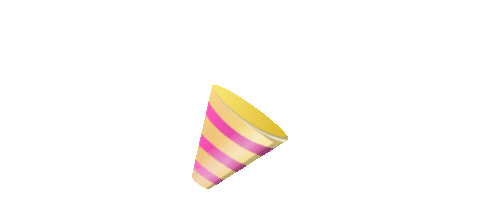What is IEEE Citation Format?
The type of citation style is a standardized way of citing sources in academic and technical writing, mainly in engineering and computer science. It uses a numbered reference list at the end of your paper, allowing readers to easily find the sources you’ve mentioned.
While this section gives you a quick overview, if you're writing a lengthy research paper or dissertation, it’s best to consult the IEEE Editorial Style Manual available on their website. Also, if you’re submitting to a specific organization or publication, follow their formatting guidelines instead.
How IEEE Citations are Structured
Understanding how IEEE citations are structured is essential for clear and accurate referencing. In IEEE style, citations are numbered and appear in the order they are first mentioned in your text.
Here’s a breakdown of how it works:
- Numbering System: Each source you cite is assigned a unique number, starting from [1] for your first reference, [2] for the second, and so on. This number is placed in square brackets, like this: [1].
- Reference List: At the end of your document, you’ll create a reference list that includes all the sources you cited. This list should be titled "References" and formatted with hanging indents, where the first line of each entry is flush left and subsequent lines are indented.
- Entry Details: Each entry in your reference list should provide key information about the source. For example, it typically includes the author’s name, title of the work, publication details, and any relevant links or DOIs.
IEEE Citation Page Details
So, what should your IEEE citation page look like? It should include a list of all the sources you’ve cited, formatted correctly.
Here’s what you need to keep in mind:
Title: Label the page as "References" at the top.
Numbering: List your sources in the order they appear in your paper. Each entry should be numbered consecutively.
Formatting: Use a hanging indent for each entry, which means the first line is flush left, and subsequent lines are indented.
Information: Each citation should include essential details like the author’s name, title of the work, publication information, and any relevant URLs or DOIs.
IEEE Citation Style Formatting (In text & Referencing)
The IEEE citation style can be used for various materials, like books and journals.
Unlike APA or MLA, it doesn't include the author's name or publication date in the text. Instead, it uses a number system. You'll see a citation number in square brackets in the text, which corresponds to a reference list at the end of your paper.
Now, let’s explore how to create in-text citations and format the reference list in IEEE style!
IEEE In-Text Citation
In an IEEE-style paper, it is not necessary for the student or author to include all of these elements, such as the author's name, publication date, and reference number in square brackets.
Instead, we may use parentheses for citable citations, which link back to your full bibliography at the conclusion with a references list.
The IEEE citation style guideline for in-text citations is as follows:
- You may also place the citation in the brackets immediately before the relevant phrase or sentence. Add it before any punctuation, and make sure there's a gap between the first bracket and the next.
- You can always list the source and then give it a number. You may always say the following number to refer to this later.
- If you have a lot of sources, make sure to name them separately and in their own brackets. For example: [1], [2], or [3] - [6].
- Mention the original source when using secondary sources. If you read William's work in Jason's book, refer to the book title.
Example of IEEE In-Text Citation

IEEE Citation Reference List Format
After the conclusion of your document, you may include a list of references. There should be one for each source you use, and it should start with the last letter of the author's last name. It should have a corresponding number that indicates how many times it is mentioned in your paper.
Keep the following things in mind as you write the reference page:
- The list's name will be References. The list will be positioned at the top of the page to the left, or aligned on the left side.
- A hanging indent will be applied to each citation. The bracketed number will be moved to the left side of the page. This makes it much easier to locate the reference list in sequence (1,2,3).
- The author's name is written in the first initial, last name style. For instance, H. John will be written as H. John.
- A journal, article or book title is set in quotation marks, and the name or main title of the journal or book is written in italics.
IEEE Citation Examples by Source Type
Now that we’ve covered the basics of IEEE citation structure, let’s dive into specific examples for different types of sources. This will help you see how to format citations for various materials, ensuring you can accurately reference anything from books to journal articles.
Here are some examples of citations from a variety of sources:
IEEE Book Citation
When citing a book in IEEE format, follow this structure:
Format:
[Number] Author's Initial(s). Author's Last Name, *Title of Book*, xth ed. City of Publisher, (only USA: State), Country: Publisher, Year.

IEEE Journal Citation
For citing a journal article, use this format:
Format:
[Number] Author's Initial(s). Author's Last Name, “Title of Article,” *Title of Journal*, vol. x, no. y, pp. z–zz, Month, Year.

IEEE Conference Citation
To cite a conference paper, follow this structure:
Format:
[Number] Author's Initial(s). Author's Last Name, “Title of Paper,” in *Proceedings of the Conference Name*, Location, Year, pp. z–zz.

IEEE Citation for Website
When using a website or an online document as a source, it's important to follow these citation guidelines:
- The number of references, first and last names separated by "M.P." (or initials)
- If the main title isn't handwritten, write it in italics without quotation marks around it
- Publisher's name followed by year-date accessed [Online]
- Online resources should include a hyperlink so readers may immediately access them
Example of IEEE Citation for Website

Example of IEEE Citation Website with No Author

The IEEE format is unlike any other citation and formatting style. It has a distinct structure that might be tough for some to comprehend.
Other IEEE Citation Examples
Alongside books, journals, and conferences, IEEE citations can apply to a wide range of other sources.

Handling Missing Information in IEEE Citations
When creating IEEE citations, you may encounter instances where some information is missing. Don’t worry! Here are some helpful tips on how to manage those gaps:
- No Author: If there's no author listed, start the citation with the title of the source instead.
- No Date: If the publication date is missing, simply omit it but include an access date for online sources.
- No Title: If you can’t find a title, describe the source in square brackets, like [Article about renewable energy].
- Multiple Missing Elements: If several details are missing, include what you do have, and clearly indicate what’s missing to maintain clarity.
How to Use an IEEE Citation Generator Free Tool
Using a free IEEE citation generator can make your citation process much easier and faster. Here’s how you can use one effectively:
- Choose a Reliable Generator: Start by selecting a trustworthy IEEE citation generator online.
- Select the Source Type: Depending on your source (book, article, website, etc.), choose the appropriate option in the generator.
- Fill in the Details: Input the required information, such as the author's name, title, publication date, and any other relevant details. Make sure to check for accuracy.
- Generate the Citation: Once you’ve entered all the information, click the button to generate your citation. The tool will format it according to IEEE style.
- Copy and Paste: Finally, copy the generated citation and paste it into your reference list at the end of your document. Don’t forget to double-check for any errors or missing information!
So there you have it!
By now, you must have an idea of how to cite your sources using IEEE citation styles. We have provided you with examples of different sources to help you understand better,
However, if you are struggling, then it's best not to take risks. Let professionals do the work for you. At Sharkpapers.com, we focus on providing professional help them cite their sources accurately.
So what are you waiting for? Hire our paper writing service now!












 Not seeing it? Check Promotions or Spam — inboxes get protective.
Not seeing it? Check Promotions or Spam — inboxes get protective.